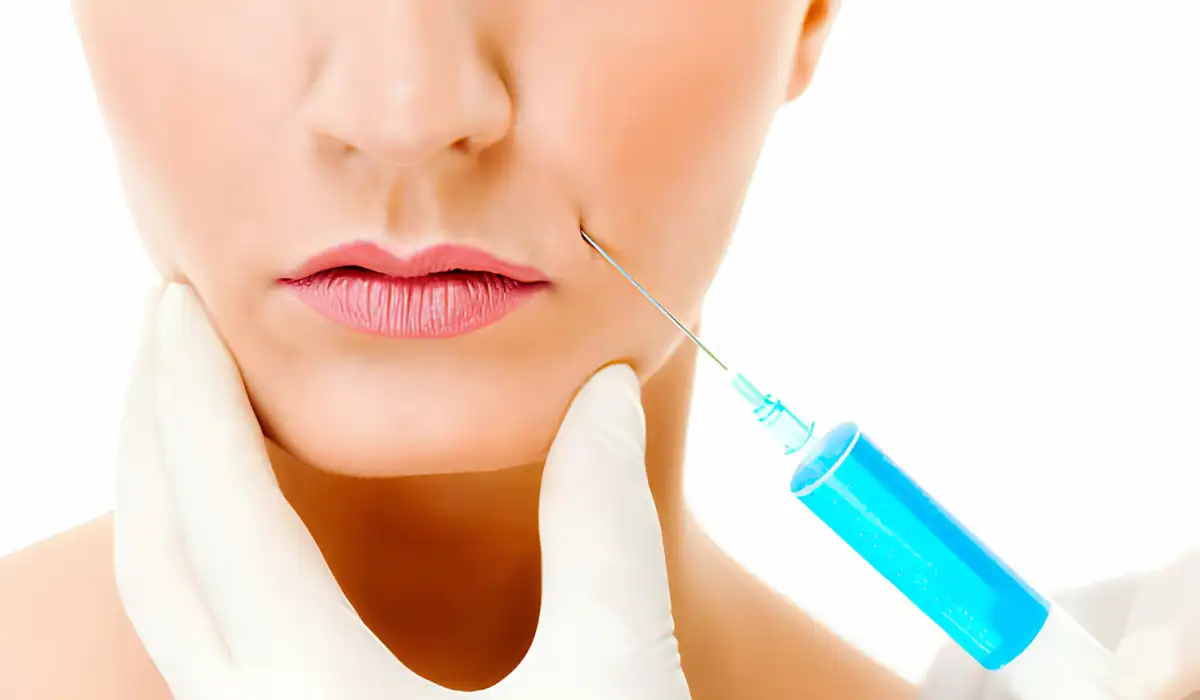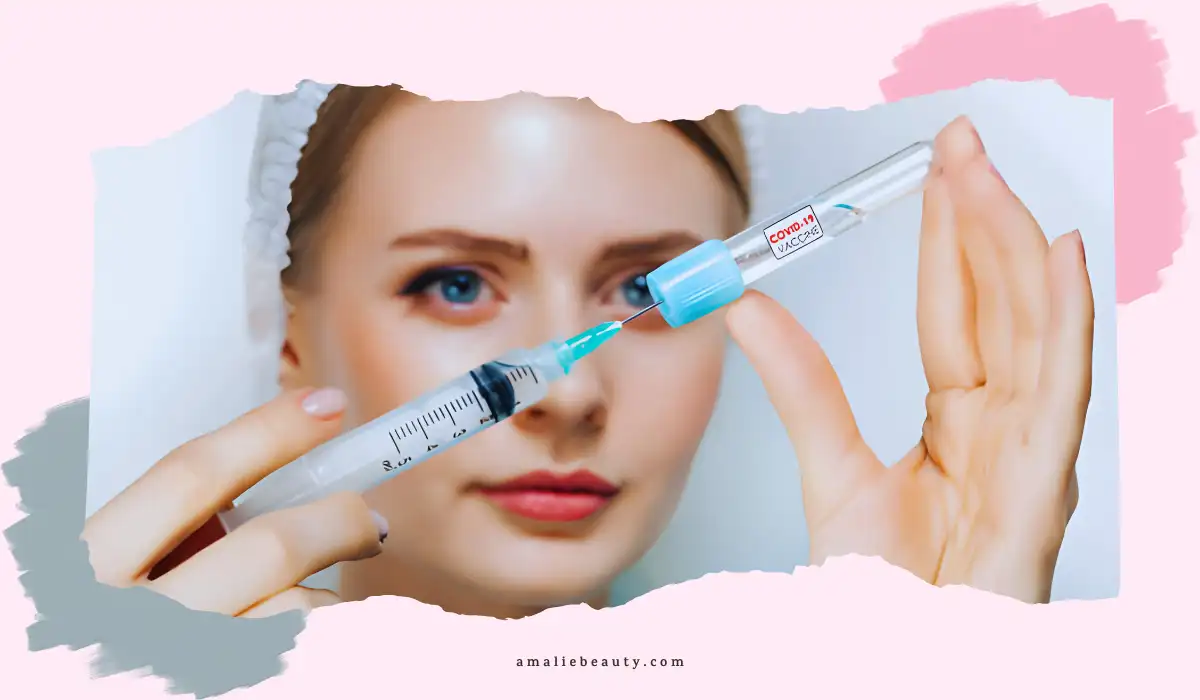Botox vs Dysport has been a key debate for those considering muscle-relaxing injections. When making a choice, it’s important to understand the similarities and differences between Botox and Dysport injectable treatments, including effectiveness, cost, side effects, and suitability.
In this article, we’ll cover everything you need to know to help you decide, which one is more effective including comparing the effectiveness, cost, side effects, and suitability of Botox vs Dysport treatments for muscle-relaxing injections.
We’ll also look at the pros and cons to consider with each and provide insights into which patients might benefit more from Botox vs Dysport.
What is Botox and Dysport?

Before comparing them, let’s examine what is Dysport? and Botox. Botox is the brand name for onbotulinumtoxin A and Dysport is the brand name for abobotulinumtoxinA. Both are derived from a bacterium called Clostridium botulinum and work by temporarily paralyzing muscles.
There are some key differences in how Botox and Dysport work and their characteristics. Botox has a slower onset but longer duration, whilst Dysport kicks in faster but doesn’t last as long.
Botox has smaller molecules that don’t usually diffuse far from the injection site, whereas Dysport has larger molecules that can spread more.
Botox vs Dysport: Difference
The main difference between Botox vs Dysport comes down to a few distinguishing characteristics relating to their formulation and molecular structure.
Botox contains botulinum toxin type A with smaller peptide chains. Dysport contains abobotulinumtoxinA with larger peptide chains. This means Dysport particles can migrate further from the injection point. However, this also makes the resulting onset faster with Dysport, whilst Botox takes 2-5 days to kick in fully.
The larger Dysport molecules also don’t tend to last as long. Botox results can persist for 3-4 months or more, whilst Dysport may start to wear off after 2-3 months.
This means repeated Dysport injections are needed more frequently. However, some patients prefer the shorter-lasting effects for more flexibility in managing their treatment plan.
Botox vs Dysport: Effectiveness
When comparing the effectiveness of Botox vs Dysport, studies have found Botox to be slightly more effective in terms of muscle relaxing ability. This is likely due to Botox having a higher potency – it contains a more concentrated dose per unit compared to Dysport.
However, the effectiveness also depends on the skill and technique of the injector performing the treatment. An experienced practitioner may achieve excellent results with either Botox or Dysport.
The number of units injected is also a key factor in determining effectiveness. More units of either Botox or Dysport lead to greater muscle relaxation.
It’s important to note that whilst Dysport may not be quite as potent in terms of power per unit, some patients report it provides a smoother look with more natural facial expressions and movements.
This subtle flexibility is sometimes preferred over a more frozen Botox appearance. But overall, in terms of static wrinkle reduction, most studies give Botox a slight edge.
Botox vs Dysport Cost
When it comes to Botox vs Dysport cost, both are typically charged per unit injected, with Botox around $10-15 per unit and Dysport $3-8 per unit.
However, more units of Dysport may be required to match Botox’s potency, which offsets cost savings. Many factors affect the final treatment cost including the region, injector charges, and number of areas treated.
Botox vs Dysport: Side Effects
Both Botox and Dysport are considered very safe non-surgical treatments with minimal downtime when performed correctly. However, as muscle relaxing injections, they carry some similar common temporary side effects including:
- Pain or tenderness around injection sites
- Minor swelling, redness, or bruising where administered
- A slight headache after treatment
- Drooping of eyebrows or eyelids in rare cases
- Skin rash in very rare situations
These typically resolve within a week or so without intervention. More serious side effects like muscle weakness away from the injection site or severely impaired vision warrant prompt medical attention.
Dysport’s faster diffusion effect can occasionally cause it to spread more leading to a slightly higher chance of brief effects like eyelid or eyebrow drooping shortly after injections. However, in very experienced hands, the occurrence of these impacts with either product is extremely low.
Pros and Cons of Dysport vs Botox
When deciding between Dysport and Botox, there are several pros and cons to consider for each option:
Dysport Pros
- Faster onset of effects, usually seen within 1-3 days
- May provide a more natural and subtle look with some residual facial movement
- Tends to be more affordable per unit compared to Botox
Dysport Cons
- Effects don’t tend to last as long, often wearing off after 2-3 months
- Has a larger molecule size that can diffuse further from injection sites in some cases
- May require higher total units to achieve similar muscle relaxation as Botox
Botox Pros
- Slightly more potent muscle relaxing effects per unit
- Longer duration of results, often lasting 3-4 months or more
- Smaller molecule size provides a more targeted effect at injection sites
- Extensive clinical data and history of safe, effective use
Botox Cons
- Slower onset of effects, usually taking 2-5 days to fully kick in
- Can create a very “frozen” look with limited facial expressiveness for some
- Generally higher cost per unit compared to Dysport
By weighing these pros and cons in the context of individual treatment goals, facial anatomy, preferences, and budgets, patients can make an informed decision with their provider on which neuromodulator – Dysport or Botox – may be the better option. An experienced injector can also guide patients based on their expert assessment.
Botox vs Dysport: How to choose?
When considering who might be better candidates for Botox vs Dysport, here are some general factors that can help determine suitability,
- Consider if you prefer either shorter or longer-lasting effects: Dysport wears off quicker if you want more flexibility to stop getting injections for a while. But you may value Botox’s longer-lasting results for improved convenience if you don’t want to get retreated as often.
- Think about your facial movement preferences: some patients like how Botox can induce a more temporary ‘frozen face’, whereas others prefer Dysport for retaining a bit more natural facial expressiveness.
- Factor in cost for your budget, weighing up the number of units required relative to pricing per unit for either type of injectable toxin.
- Discuss with an experienced injector about your unique facial anatomy, muscular structure, metabolism, and any special considerations to determine if they’d recommend either Botox or Dysport as more suitable for your treatment goals and expected outcome. An expert assessment and advice can ensure the best choice.
Those concerned over developing antibodies that make treatments less effective over time may benefit from alternating between the two types of product – Botox and Dysport.
Also Read: Botox Treatment For Face – What Happens To Your Face During Botox Treatment?
Conclusion
Determining if Botox or Dysport is more effective or suitable can depend on each patient’s unique needs, preferences, expected outcomes, and expert injector recommendations within the context of their facial anatomy.
The key is choosing an experienced injector who can evaluate your situation and advise which muscle-relaxing injectable option might work best to safely achieve your aesthetic goals with optimal results and convenience. Set realistic outcome expectations around longevity, expression, and budget to align with either Botox or Dysport’s respective characteristics.
While no treatment offers permanent results, being informed on the differences between Botox and Dysport can now help you make the most suitable choice for long-lasting wrinkle reduction with natural-looking tailored effects.
So are you better matched as a candidate for the precision paralysis from Botox or the gentle relaxation of Dysport? Consult an expert today to unlock your best aesthetic way forward.

